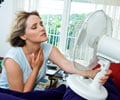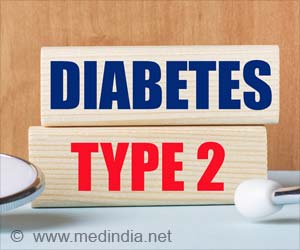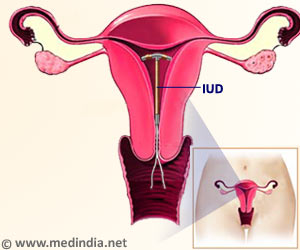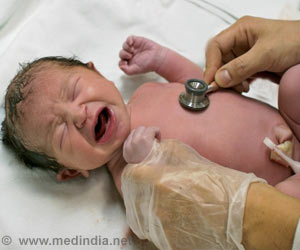A new study links increased brown adipose tissue activity and childhood cold exposure to higher chances of experiencing hot flashes during menopause.

Brown Adipose Tissue Activity and Childhood Exposure to Cold Are Associated With Hot Flashes at Menopause
Go to source). The research, involving 270 women ages 45 to 55 residing in Western Massachusetts, is published in the American Journal of Human Biology.
‘#Menopausal women with higher levels of #brownadiposetissue activity are nearly 3x more likely to experience bothersome #hotflashes. #menopaise #womenshealth #brownfat ’





“When a menopausal woman is standing beside an ice hockey rink watching her kids practice and she feels hot and cold at the same time, maybe it’s because that brown adipose tissue is making enough heat to trigger a hot flash,” says biological anthropologist Lynnette Sievert, the paper’s principal investigator and professor of anthropology at UMass Amherst. While BAT activation may not be the primary cause of a hot flash, the research signals it may be just enough to trigger one.
“This is a brand-new direction of research, to consider brown adipose tissue in relation to hot flashes,” Sievert adds.
What are Hot Flashes
Hot flashes are sudden, uncomfortable sensations of heat and sweating that can interfere with daily activities and personal relationships. Prior research has found that approximately 75% of women in the U.S. report hot flashes during the menopausal transition. For some women, the sensations can persist for a decade or longer. Hot flashes are most often caused by reduced estrogen levels, though the exact mechanism that triggers them remains unclear.The study also found that women who were exposed to cold as children were more likely to experience hot flashes decades later during menopause. The findings build on previous research in which Sievert hypothesized that the thermoneutral zone — the range between when individuals sweat and shiver — is set during childhood.
Advertisement
“We’re starting to piece together how ambient temperature might trigger hot flashes, but anyone who has hot flashes will tell you it can be more than that,” explains Sievert, who uses both an ambulatory monitor and questionnaires to measure hot flash frequencies.
Reference:
- Brown Adipose Tissue Activity and Childhood Exposure to Cold Are Associated With Hot Flashes at Menopause - (https://onlinelibrary.wiley.com/doi/10.1002/ajhb.24148)
Source-Eurekalert














